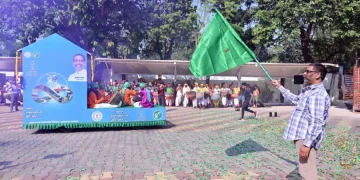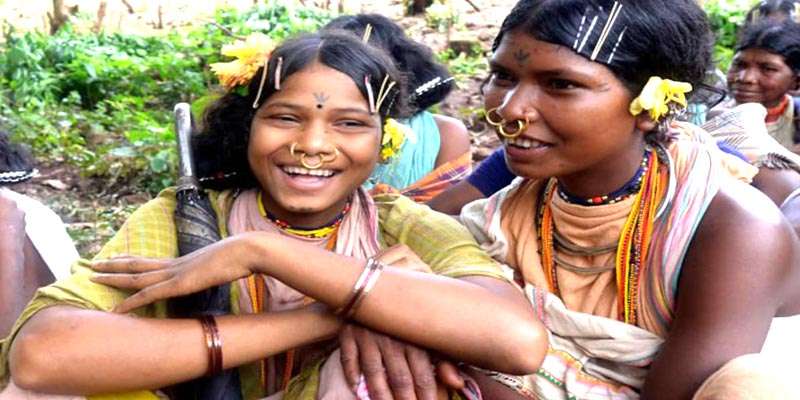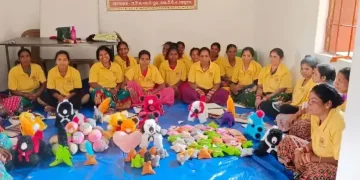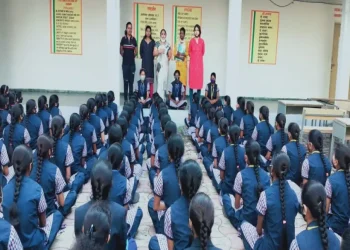Deep in the forests of Kandhamal district’s far–flung Phingiria, a group of farmers forages among the roots of the Sal, Chilei, Kurei and Bati trees. They collect, shape and polish the roots into interesting pieces to be sold as handicraft.
The wood of the Sal is the hardest among the lot, and most conducive to craftsmanship. Lashed by hundreds of downpours over 10 to 12 years, the wood develops pest-resistant qualities.
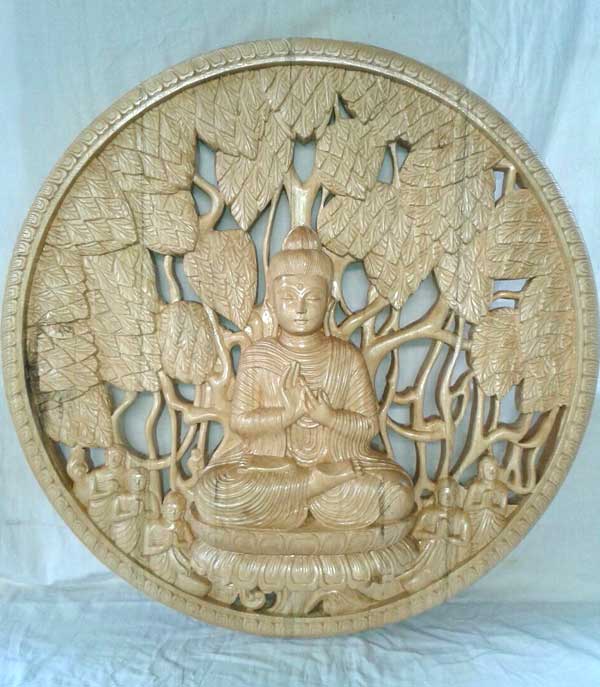
Artisan groups in Odisha’s Kandhamal polish and shine tree roots to create attractive shapes, stands, statues, decorative and utility items
“Unlike others, hard sal trees resist the corrosive power of rains,” explains tribal artisan Mananka Kama. “The rain cuts into them slowly, making interesting shapes of the roots.”
The Dongria Kondh tribals have two craft groups at work here — the men’s Jay Hanuman Federation (JHF) in Phingiria and the women’s Maa Mangala Woodcarving Producers Group (MMWPG) in Dangarikia. While MMWPG polishes and shines the roots into shining shapes, JHF artisans create wooden stands, statues, decorative and utility items.
“The District Rural Development Agency (DRDA), Kandhamal, provided an artisan building in 2005 for production and storage of root and wood artefacts,” says Bikram Tarai, an ORMAS official.
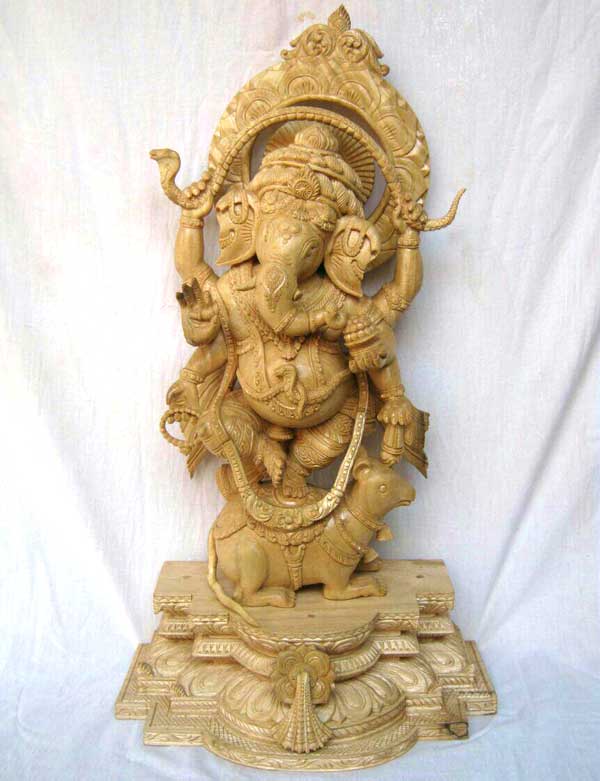
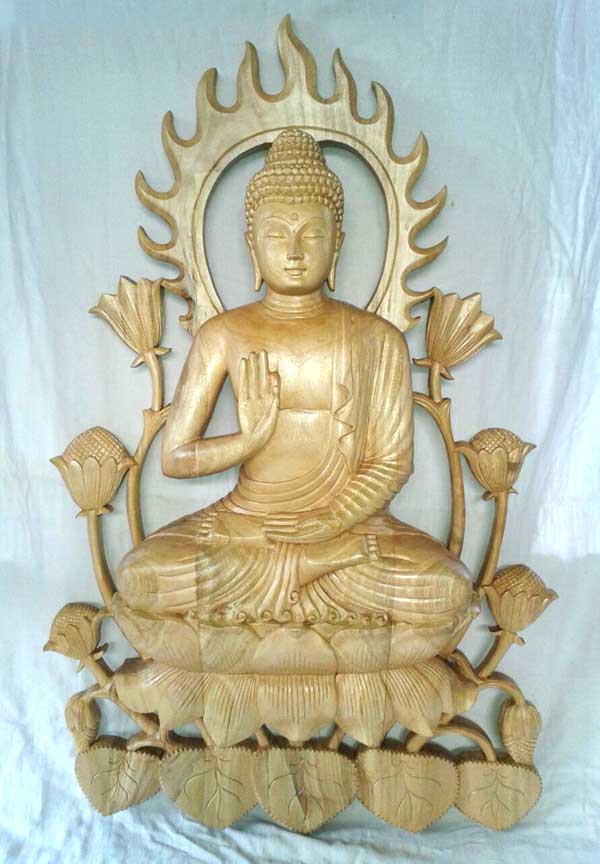
“The roots are wavy, enabling us to make catchy creations,” says JHF’s Rabindra Kanhar. “Besides, we collect dried up parts of Ganbhari, Piasala, Saguan and Sishu trees to make artefacts.”
The two groups were formed by the Odisha Rural Development and Marketing Society (ORMAS), which invested Rs 2.50 lakh in their craftsmanship, discerning both beauty and marketability in their skill. Both underwent a month of skill training at the district industries centre in 2005.
ORMAS also shoulders most of the responsibility for selling the products, setting up stalls during Bali Yatra in Cuttack, the Biswakarma Pallishree Mela (NALCO) of Angul Toshali Mela in Bhubaneswar, Sitala Sasthi Mela in Sambalpur and other similar fairs.
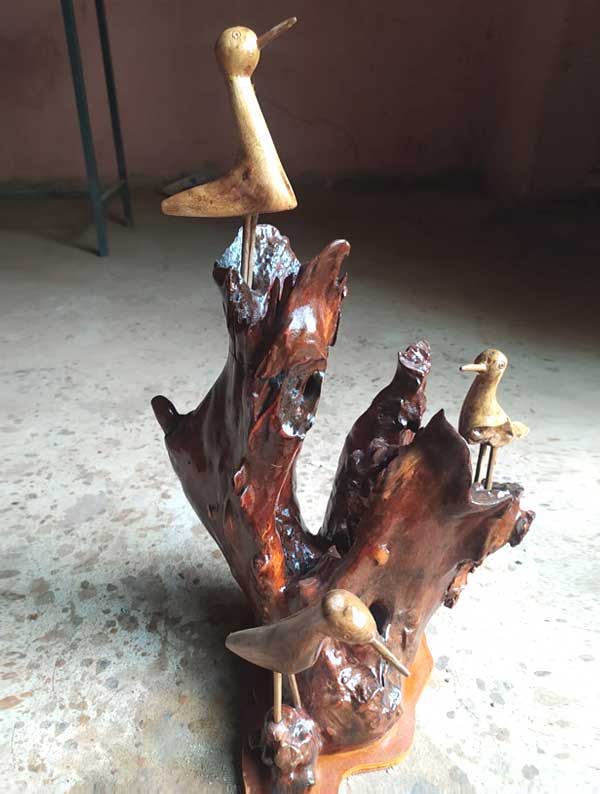

Besides, the Tribal Development Cooperative Corporation of Odisha Ltd and Tribal Cooperative Marketing Development Federation of India also take up some marketing.
“JHF makes more than 40 items in a month, on average,” says Alok Behera, master craftsman and livelihood support person. “A special team of three is created when special orders are placed and entrusted with completing the task. This way, each skilled artisan earns nearly Rs 15,000 a month, while unskilled workers get Rs 6,000-7,000.”
For the tribals in this remote area, it provides livelihood, exposure and the chance to learn something new.







